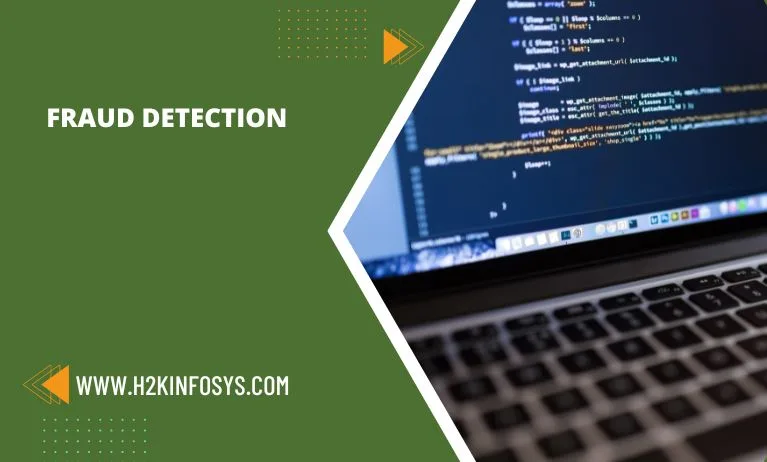Fraud Detection will be the set of activities that are done to prevent money or property from being obtained through pretenses. Fraud detection will be applied to many industries like banking or insurance. The fraud may include forging checks or using stolen credit cards.
With an unlimited and rising number of ways, someone will commit fraud detection can be difficult. The activities like reorganization, downsizing, moving to new information, or encountering a cybersecurity breach could weaken an organization’s ability to detect fraud. The processes are to be monitored in real-time to check for fraudulent activities.
Fraud detection techniques
Fraud typically involves many repeated methods by making searching for patterns a general focus for fraud detection patterns and anomalies.
Statistical data analysis techniques include:
- Calculating statistical parameters
- Regression analysis
- Probability distribution and models
- Data matching
The AI techniques used are listed below
Data mining-
It will classify the group and segment data to search through millions of transactions to find the patterns and also detect fraud.
Machine learning-
It will automatically identify characteristics found in fraud.
Pattern recognition-
It will detect classes, clusters, and patterns of suspicious behavior.
Types of Fraud
Fraud will be committed in different ways and in different settings. This fraud can be committed in banking, insurance, and also healthcare. Customer account takeover is a very common type of fraudulent activity that happens in the banking sector. This is when someone illegally gains access to a victim’s bank account. Insurance fraud includes premium diversion fraud that will be the embezzlement of insurance premiums which will be excessive trading by a stockbroker to maximize commissions. Government fraud is committing fraud against federal agencies such as the US Department of Health and Human Services, the Department of transportation, and the department of education of energy. There are types of government fraud including billing for unnecessary procedures, overcharging for items that cost less, providing old equipment when it is billing for new equipment and reporting hours that worked for a work that does not exist.
There are fraudulent activities which include money laundering cyberattacks, fraudulent banking claims, forged bank checks, identity theft, and many such illegal practices. Organizations implement modern fraud detection and prevention technologies and risk management strategies to combat growing fraudulent transactions across diverse platforms. These techniques apply adaptive and predictive analytics to create a fraud risk score along with real monitoring of fraudulent events. It also helps decipher new and sophisticated preventive measures through automation.
Statistical data analysis techniques:
- Statistical parameter calculation – Statistical parameter calculation refers to the calculation of various statistical parameters such as averages, quantiles, performance metrics, and probability distributions for fraud-related data collected during the data capturing process.
- Regression analysis – Regression analysis allows you to examine the relationships between two or more variables of interest. It also shows the relationship between independent and dependent variables. This helps us to understand and identify relationships between many fraudulent activities.
- Probability distributions and models- The models and probability distributions of various business fraudulent activities are mapped whether in terms of different parameters or probability distributions.
- Data matching- Data matching is applied for the comparison of two sets of collected data. Algorithms or programmed loop techniques can be used for making such comparisons. The data matching is used to remove duplicate records and identify links between two sets for marketing, security, or other purposes.
Applications of fraud detection:
Fraud Detection is of paramount importance for banks and other companies that deal with a significant number of financial transactions and are therefore at a higher risk of suffering from financial fraud. There are most common applications of fraud detection to include payment and transaction fraud. Account fraud will be further divided into new account fraud and account takeover fraud. Accounts theft frauds occur when a hacker obtains products and services by using another person’s existing account. Payment fraud will be any kind of false or illegal transaction that is carried out by a cybercriminal.
Questions
- What is Fraud Detection?
- What are the types of Fraud detection?





























